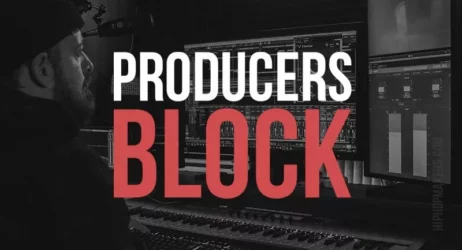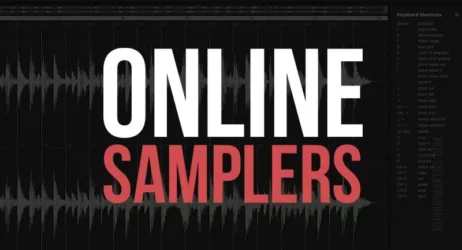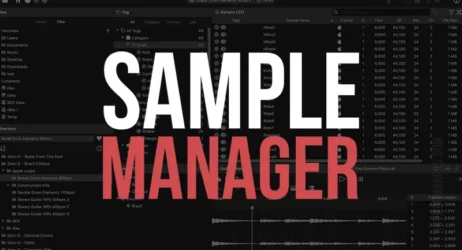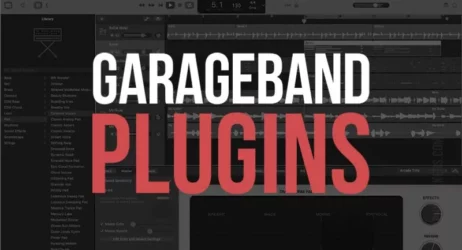This simple guide will answer what are intervals in music theory, how to find intervals, and provide examples to help you better understand them.
What Are Intervals in Music Theory?
Intervals are the relation between any two notes, and an interval tells the distance in pitch between any two notes. Every interval gets its full name from the combination of both the quantity and the quality of the interval, for example, a major third.
- What Are Intervals
- Examples of Intervals
- How to Identify Intervals in Music
- The Different Types of Intervals
- What is a Music Interval Chart
- What is a Music Interval Calculator
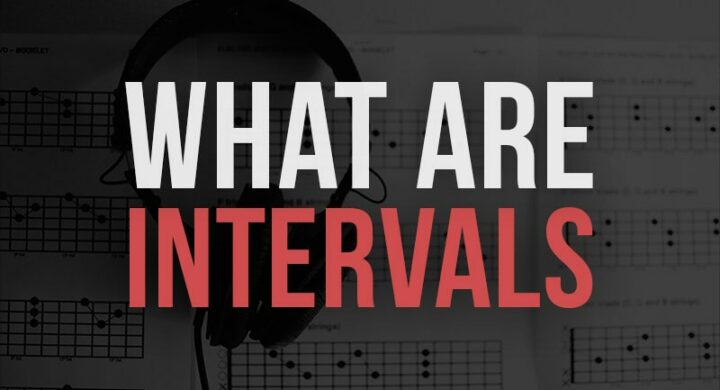
What Are Intervals in Music Theory?
In simple words, interval means the distance in pitch between any two notes. If the interval between any two notes is larger, the pitch difference between the two notes will also be greater.
On the other hand, if the interval between any two notes is smaller, the pitch between the two notes will also be smaller.
The name of any interval has two parts. First, there is the type of the interval, and second the distance of the two notes from each other.
There are also two basic types of intervals that we must understand:
#1. Semitones (Half Steps)
A semitone is the smallest possible interval which is also known as the half step. When we refer to a semitone, it simply means the very next higher or lower note.
For example, in a C major scale, there are two naturally occurring half steps: Between B & C and between E & F.
#2. Tones (Whole Steps)
A tone can be simply thought of as an interval of two semitones, also known as the whole step. For example, the distance between A to B can be considered a whole step because it consists of two half steps.
In order to find the distance between two notes from each, one has to just count the lines and spaces on the musical staff separating the two notes (including the line or space that contain the notes themselves).
For example, if there is an F note and a C note on the treble clef part of the musical staff. Then the counting will be like this:
- Count the F space as 1
- Count the G line as 2
- Count the A space as 3
- Count the B line as 4
- Finally, Count the C space as 5
So the distance these two notes are from each other is a 5th.
Another example is that there is a B and D in the bass clef part of the musical staff. Then after the counting, it will be like:
- Count the B line as 1
- Count the C space as 2
- Count the D line as 3
So the distance these two notes are from each other in the third.
Once you practice counting the lines and spaces, the whole process will be more comfortable for you.
What Are Examples of an Interval in Music?
An example of an interval can be the song Amazing Grace, which begins with a perfect fourth.
Another example can be in the song of Twinkle Twinkle, in which the first two notes and the second two notes are at the interval of one-fifth.
How to Identify Intervals in Music?
There are mainly two methods for the identification of the interval:
You are first supposed to think of the lower note of an interval as the tonic in the first method. On a major scale, all the notes above the tonic are either perfect or major.
If it is not the case, then you have to determine if the interval is half a step smaller than the major interval, and in that case, it would be the minor interval.
But if the lower note of an interval has a sharp or flat on it, then cover up the accidental, determine the interval, and then you can factor the accidental back in. So this logically thinking approach determines the interval in music.
The next method is just to memorize how many half steps are there in each interval. In order to find the size of an interval, you are supposed to count the number of half steps between the two notes and then refer to your memory.
What Are the Different Types of Intervals in Music?
There are mainly two types of intervals:
Harmonic Interval
This type of interval occurs when you play two notes at the same time.
Melodic Interval
This type of interval occurs when you play two notes separately in time, one after another.
The identity of an interval is mainly determined by two things: quantity and quality.
The quantity of the interval is based upon the number of lines and spaces that the interval contains on the musical staff. The following names are used to indicate the number of intervals:
- Unison or Prime
- Second
- Third
- Fourth
- Fifth
- Sixth
- Seventh
- Eighth
The interval quantity is determined by simply adding up the lines and spaces included in the interval. (Also, make sure to include the lines or spaces that contain the notes themselves)
On the other hand, the quality of an interval is a different matter as it is what gives an interval its distinctive sound. The quality of the interval is based upon the number of half steps from one note to another note.
The Accidentals which raise or lower a pitch by a half step also matter in interval quality.
Following are the different types of interval quality:
- Major intervals
- Minor intervals
- Perfect intervals
- Augmented intervals
- Diminished intervals
Here’s a bit more explanation about each type of interval quality:
Major Intervals
The major interval contains a half step more than the minor interval. There are four intervals which are known as the major intervals, namely: a major second, a major third, a major sixth, and a major 7th
Minor Intervals
A minor interval contains half a step less than a major interval. There are only four minor intervals possible: minor second, minor third, minor sixth, and minor seventh.
Perfect Intervals
The perfect intervals refer to the harmonic quality of primes, octaves, fourths, and fifths.
Augmented Intervals
The augmented interval contains a half step more than a major interval.
Diminished Intervals
A diminished interval means an interval that contains a half step less than a minor interval.
What is a Music Interval Chart?
The music interval chart helps in gaining a proper understanding of the intervals. In it, the things such as name, semitones, abbreviations, etc., are mentioned.
What is a Music Interval Calculator?
A music interval calculator enables us to determine the interval between two notes. The calculator differentiates between enharmonic equivalents and also tells about the diminished and augmented intervals.
Summary of Intervals in Music
Intervals are the measured distance between any two notes in pitch. The three types of intervals are the type of interval, the distance between notes, and the type of interval. Any note with a greater interval will also have a greater pitch difference between the notes.
I hope you found this information on intervals in music helpful.
If we missed anything, please share it in the comments.

